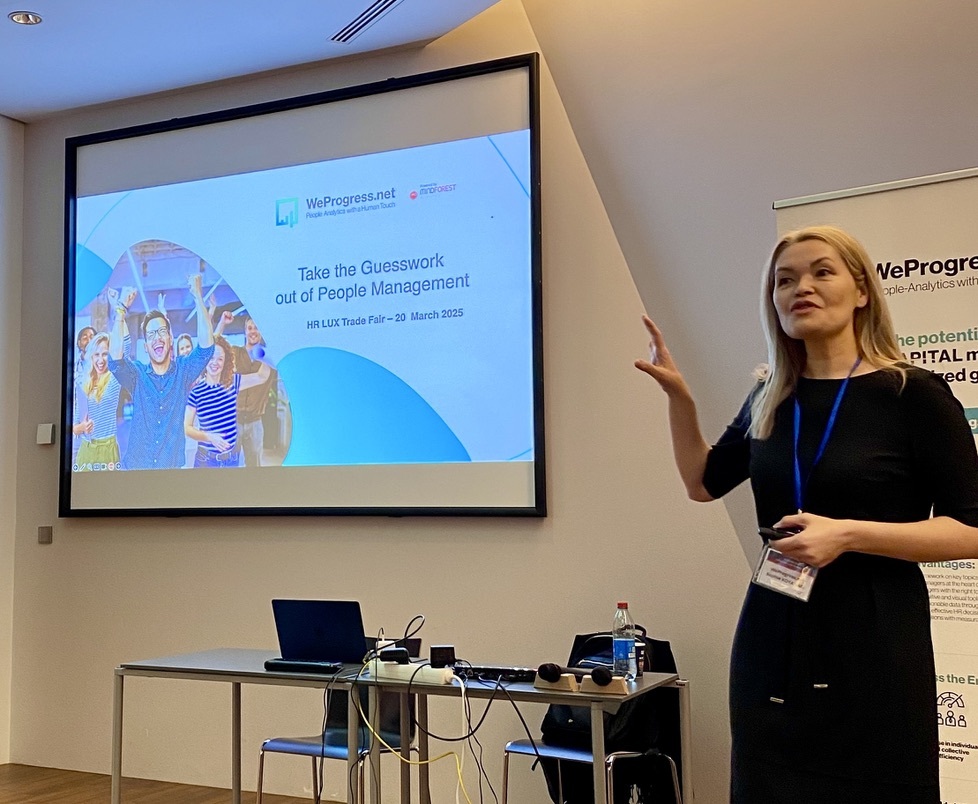The most common mistakes in Change Management
In an ever-changing economy, organisations need to transform and adapt regularly in order to align with market pressures and requirements. But even though change management has become quite common in companies, leading successful change projects remains difficult and 70% of such initiatives fail.
There is no magic formula for leading successful change initiatives, as each project is unique, however there are lessons that can be drawn from past experiences.
This article proposes a list of the common mistakes[1] that MindForest with its 20+ years of experience has come across while working with organisations of various sizes and sectors:
- Tackling the wrong or superficial problems
- Dealing with weak and uninvolved sponsorship
- Lacking understanding and a shared vision
A vision provides the long-term perspective that all stakeholders need to understand in order to make sense of actions taken and of their tasks. It is also vital to ensure that their efforts are channelled in the right direction, hence diminishing reasons for resistance. Understanding the vision will provide the necessary sense for a change project.
- Failing to create a clear strategy and structured approach
Projects with a fuzzy strategy and unclear goals are hard to follow and execute. A clearly defined structure and strategy – leaving some room for flexibility – can be more easily communicated and provide the possibility to adjust when required.
- Setting unrealistic timelines to realise the project
Change requires time, it impacts routines and habits that won’t change from one day to the other. Change leading teams should always bear this aspect in mind and leave time for employees to adapt and adopt new ways of working.
- Neglecting to provide the necessary (human and financial) resources
- Missing the right competences
To reduce the risk of failure, change management projects cannot be improvised and require a team that has been trained and prepared to lead such initiatives.
- Underestimating the impact of resistance
Resistance to change is normal as it disrupts comfortable habits. It can be found throughout the whole hierarchy of the organisation and does not just emanate from employees. Assuming that people will change and deal with their resistance on their own is a big mistake, Therefore, change leaders need to remain aware of the resistance and identify the triggers, so they can tackle them and find the right approach.
- Deploying inconsistent and/or unstructured communication
Communication needs to be integrated in any change project and requires careful planning to support the change initiatives in the best possible way.
With the right communication, employees will better understand the need for change (within the organisation) and eventually become more willing to contribute in order to make the change project a success.
- Neglecting the human factor and the organisational culture
Culture plays a fundamental role in organisations and in the employees’ capacity to identify with their workplace. Change initiatives will therefore to a varying degree affect a company’s culture. Solely focusing on the processes of the change project is a mistake. Integrating the human aspect, in other words also focusing on what the change actually means for the employees, is crucial for the success of any change initiative.
- Not involving key actors
- Failing to recognise achievements
- Adopting a one fits all solution
Applying one and the same strategy for different change projects will not work. Each project has its own specificities and requires targeted actions. Each project needs to be carefully analysed. Lessons learned from previous projects will nevertheless be useful to avoid repeating the same mistakes.
- Not taking feedback into account
“Failure is success if we learn from it”
Malcom Forbes
Good news!
[1] They are all equally important and the order in which they appear is not relevant
WANT TO RECEIVE OUR LATEST THOUGHT LEADERSHIP CONTENT?
Related posts
 Take the Guesswork out of People Management
Take the Guesswork out of People Management
 From processes to people: achieving quality
From processes to people: achieving quality
 Daring to lead Positive Transformation: What if Positive Emotional Capital was your key to sustainable change?
Daring to lead Positive Transformation: What if Positive Emotional Capital was your key to sustainable change?
 Why hire Change management professionals? We can do it alone!
Why hire Change management professionals? We can do it alone!
 Digital Transformation and Change Management: Lessons shared in an event hosted by Cebi and MindForest
Digital Transformation and Change Management: Lessons shared in an event hosted by Cebi and MindForest



